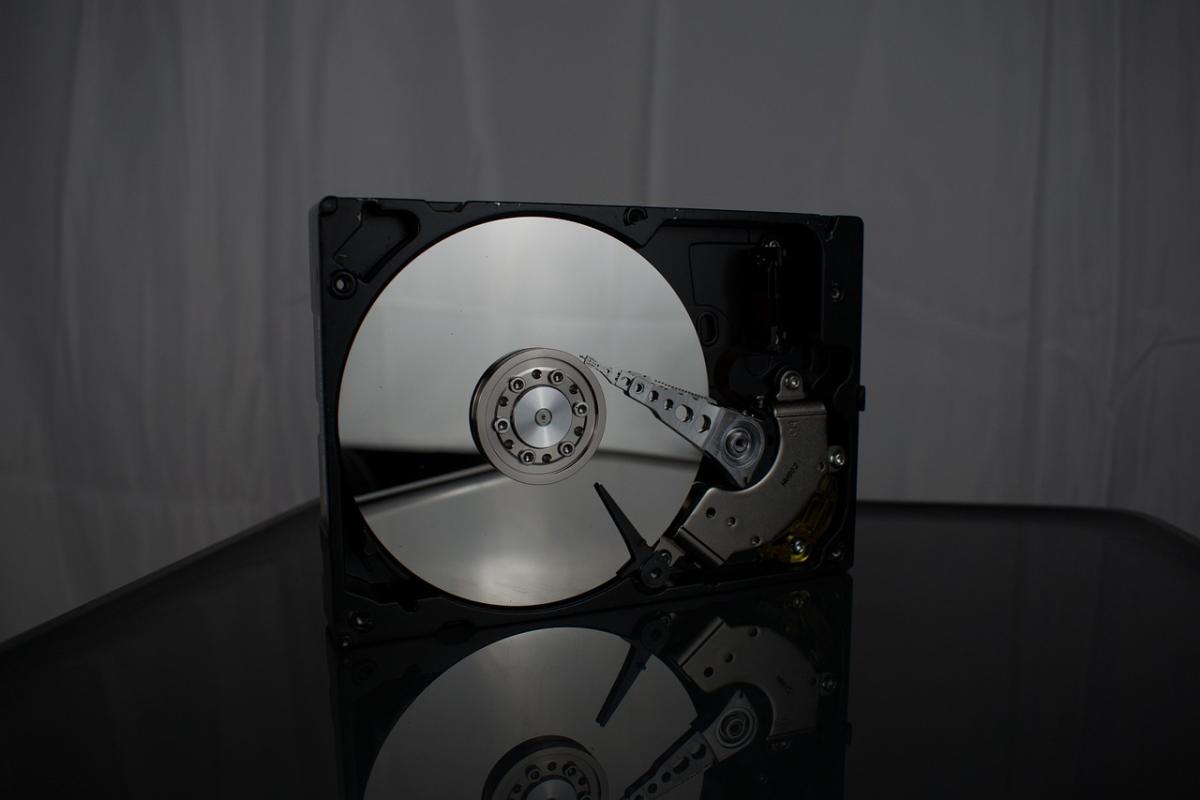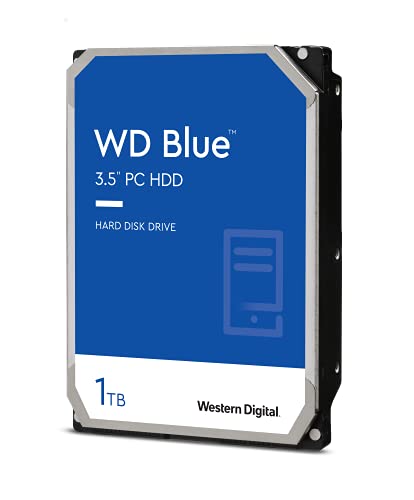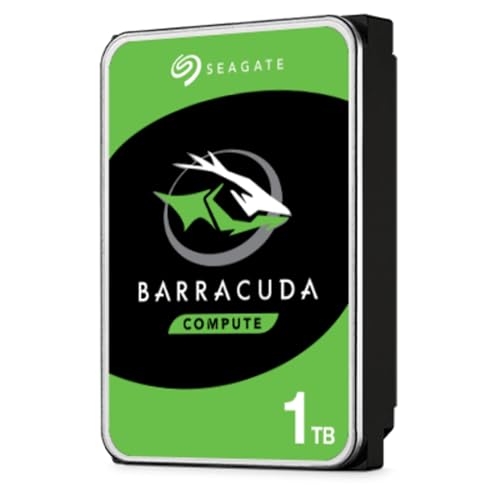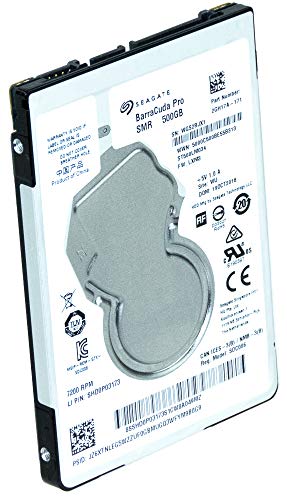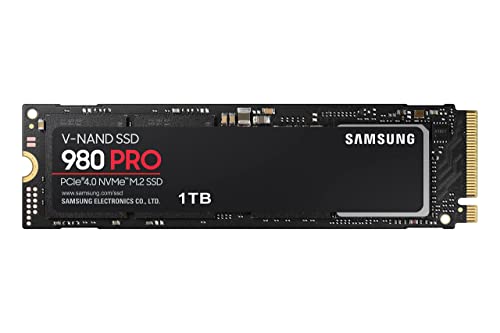For content creators, storage speed and capacity are critical to supporting intensive workflows such as video editing, animation, and graphic design. Optimizing storage solutions ensures rapid access to large files and smooth program execution, ultimately enhancing overall productivity.
Utilize NVMe SSDs for primary storage where speed is essential—such as for operating systems and active project files—and combine them with larger HDDs for archival purposes. Configure RAID arrays if additional redundancy or speed is required. Maintain regular backups and optimize file organization to avoid slowdowns due to data fragmentation.
Selecting a hybrid storage solution that combines the speed of SSDs with the capacity of traditional HDDs can provide the best of both worlds. Regularly benchmark your storage performance and update firmware as needed to ensure that your creative tools operate smoothly without delays.
Optimizing storage is key for creative workflows, allowing you to work efficiently with large files and complex projects. With a well‑structured approach combining fast and high‑capacity drives, you can achieve the responsiveness needed for high‑level creative performance.
Ultimate Storage Optimization for Content Creators
Speed and capacity are the twin engines of a seamless creative workflow. Learn how to harness NVMe SSDs, hybrid storage configurations, RAID arrays, and advanced file‐management techniques to keep your projects running at full throttle.
Introduction
Content creators—from video editors to 3D animators—live by their storage subsystems. Slow drives stall timelines; disorganized folders cause frantic searches. Optimizing storage ensures instantaneous media scrubbing, rapid renders, and instant program launches.
This guide dives deep into every aspect of storage optimization: selecting the right NVMe SSDs, leveraging large-capacity HDDs, configuring RAID arrays for speed or safety, deploying tiered and cached storage, and maintaining your drives to prevent performance degradation.
Understanding Creative Workload Needs
Creative workflows stress storage in predictable stages:
- Import & Scrubbing: High sustained read bandwidth for raw footage playback.
- Editing & Timelines: Random IO performance to load multiple video and audio streams.
- Rendering & Exports: Sustained write speeds for outputting large final files.
- Archival & Versioning: Capacity and long-term reliability for completed projects.
Mapping these stages to specific drive types helps you prioritize speed where it matters and capacity where it’s needed.
Primary Storage: NVMe SSDs
NVMe drives connected via PCIe lanes deliver the lowest latency and highest throughput—essential for OS boot, application libraries, and active project files.
Choosing the Right NVMe SSD
- PCIe Gen4 vs Gen3: Gen4 offers up to 7,000 MB/s read; Gen3 caps at ~3,500 MB/s.
- Capacity: 1 TB minimum for scratch and active media; 2 TB or 4 TB for heavy 4K/8K workflows.
- Endurance Rating: TBW (Terabytes Written)—aim for 600 TBW+ on drives that see constant writes.
- Controller Quality: Look for Phison E18, Samsung Elpis, or WD Black SN850-class controllers for consistent performance.
Best Practices
- Enable TRIM to reclaim freed blocks and maintain write speeds over time.
- Allocate a sufficient over-provisioning (5–10%) via your SSD’s management utility.
- Install NVMe drives in M.2 slots directly wired to CPU for lowest latency.
Secondary Storage: SATA SSDs & HDDs
After NVMe scratch storage, use SATA SSDs for application caches and HDDs for archival.
| Drive Type | Typical Speed | Ideal Use | Cost/GB |
|---|---|---|---|
| SATA SSD | 500–600 MB/s | Secondary scratch, cache files | $0.08–$0.12 |
| 7200 RPM HDD | 150 MB/s | Bulk storage, archives | $0.02–$0.04 |
| 5400 RPM HDD | 100 MB/s | Cold archives, backups | $0.015–$0.03 |
Recommendations
- Use SATA SSDs for scratch caches (Photoshop, After Effects) to speed project load times.
- Reserve HDDs for completed project archives—compress folders before transfer to reduce size.
- Label and mount drives with clear folder hierarchies to prevent accidental writes to slow media.
Hybrid Storage Solutions
Hybrid configurations combine SSD speed with HDD capacity in a single logical volume.
SSHD (Solid State Hybrid Drive)
- On‐board DRAM/flash caches “hot” data on SSD modules.
- Automatic caching but limited control over cache sizes and policies.
Software Tiering
- Windows Storage Spaces or Linux LVM can tier data between NVMe and HDD based on access frequency.
- Manual control: use rsync scripts or robocopy to move older files to HDD nightly.
RAID Arrays for Speed & Redundancy
RAID arrays can multiply throughput or protect against drive failures—critical for collaborative editing and on‐site redundancy.
| RAID Level | Speed | Redundancy | Use Case |
|---|---|---|---|
| RAID 0 | ×N (striping) | None | Temporary scratch arrays |
| RAID 1 | Single drive | 1 duplicate | OS volume mirroring |
| RAID 5 | ×(N-1) | 1 parity | Large shared media pools |
| RAID 10 | ×(N/2) | Mirrored pairs | High-speed editing with redundancy |
Best Practices
- Use enterprise-grade SSDs or HDDs with similar capacity and performance in arrays.
- Monitor SMART stats and rebuild immediately on a single-drive failure.
- Prefer hardware RAID controllers with battery-backed cache for write-heavy edits.
File Organization & Folder Structures
A clear folder hierarchy saves hours of searching and prevents accidental edits on archived media.
Recommended Structure
- Projects/
- ProjectA_Shot001/
- 00_Raw/
- 10_Edit/
- 20_Color/
- 30_Exports/
- ProjectA_Shot002/ …
- ProjectA_Shot001/
- Assets/
- Images/
- Audio/
- Footage/
- Archives/ (ZIP or 7z backups of completed projects)
Tips
- Use numeric prefixes to force chronological sorting.
- Include project metadata (date, client) in folder names.
- Automate folder creation with scripts or templates in your NLE or DAW.
Defragmentation & TRIM Maintenance
SSDs and HDDs have different maintenance needs:
- SSDs: Enable
TRIMin the operating system to inform the drive which blocks can be erased, preserving sustained write performance. - HDDs: Schedule defragmentation monthly to consolidate files and reduce head movement.
Commands
- Windows:
fsutil behavior set DisableDeleteNotify 0to enable TRIM,defrag C: /Ofor optimization. - Linux (ext4): TRIM typically enabled with
discardmount option or viafstrimweekly cron job.
Backup Strategies & Data Protection
No storage optimization is complete without robust backups:
3-2-1 Rule
- Keep 3 copies of data.
- Store on 2 different media (SSD/HDD, cloud).
- Keep 1 copy off-site.
Tools & Services
- Local: rsync, Robocopy, Acronis True Image.
- Cloud: Backblaze B2, AWS S3 Glacier, Google Drive with rclone.
- Versioned backups with Duplicati, BorgBackup, or Time Machine.
Benchmarking & Monitoring Performance
Regular benchmarking reveals hidden slowdowns and aging drives.
- CrystalDiskMark: Sequential and random read/write tests.
- ATTO Disk Benchmark: Transfer rates at multiple block sizes.
- AS SSD: Access times and overall scores for SSDs.
- SMART Monitoring: Use
smartctlor vendor utilities to track reallocated sectors and temperature.
Advanced Techniques: Caching & Tiered Storage
Beyond basic tiers, advanced methods can supercharge performance:
SSD Caching
- Use Intel Optane or Samsung Magician software to cache HDDs with a fast SSD layer.
- Linux’s
bcacheordm-cachemodules for system-level caching.
Tiered Storage Pools
- Windows Storage Spaces with SSD and HDD tiers—hot data migrates automatically.
- Unraid and TrueNAS ZFS pools with hybrid pools and data-at-rest encryption.
File System & Allocation Unit Optimization
The right file system and cluster size can reduce overhead:
- NTFS / exFAT: 64 KB allocation units for large video files.
- ext4 / XFS: Default 4 KB blocks, enable
noatimeto skip timestamp writes. - ZFS: Enable compression (lz4) and tune recordsize to match your workload (128 KB for video, 16 KB for databases).
Optimizing for Video, Photo & 3D Workflows
Each creative application has unique storage demands:
- Adobe Premiere Pro: Set project and media cache on separate NVMe SSDs; clear cache weekly.
- DaVinci Resolve: Use a RAID 0 scratch volume for cache renders and optical flow processing.
- Photoshop & Lightroom: Place catalog and scratch on fast SSD; use RAM disk for temporary large brushes.
- Blender & Maya: Store textures on SSD and final renders on fast HDD RAID for batch jobs.
Case Studies: Real-World Creative Rigs
| Build Tier | Storage Configuration | Workload | Notes |
|---|---|---|---|
| Entry | 500 GB NVMe + 2 TB HDD | 1080p video editing | Cost-effective, moderate speed |
| Mid | 1 TB Gen4 NVMe + RAID 0 (2×2 TB SSD) | 4K timelines, VFX | RAID 0 scratch for fast renders |
| High-End | 2 TB Gen4 NVMe scratch + RAID 10 (4×4 TB HDD) | 8K/VR production | High capacity with redundancy |
Future Trends in Storage
- PCIe Gen5 NVMe: Up to 14 GB/s per drive for instantaneous 8K playback.
- Storage Class Memory (3D XPoint): Near‐DRAM latency for scratch buffers.
- Computational Storage Engines: Offload codecs and filters directly on SSD controllers.
- Cloud-Hybrid Workstations: Burst rendering and archiving to cloud buckets via NVMe-over-Fabrics.
Conclusion & Best Practices
Optimizing storage for content creation means blending blistering NVMe scratch drives with cost-effective archival HDDs, structuring folders for instant access, leveraging RAID where necessary, and automating maintenance tasks like TRIM, defragmentation, and backups.
Adopt a tiered approach: ultra-fast NVMe for active work, SATA SSD for caches, and large HDD or RAID pools for archives. Monitor drive health, update firmware, and benchmark periodically. Finally, build predictable folder structures and backup routines so you never lose a project.
With these strategies, your creative workstation will deliver uninterrupted performance, letting you focus on inspiration rather than I/O bottlenecks.
